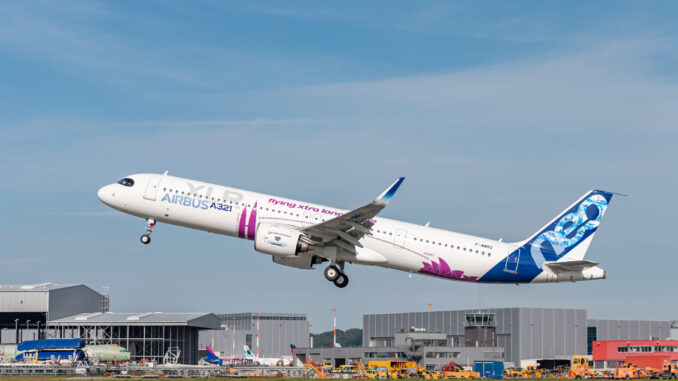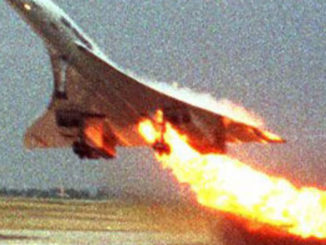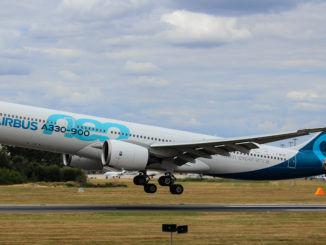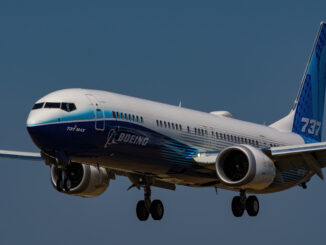
At the Paris Airshow today RTX announced that Frontier Airlines had selected its Pratt & Whitney Geared TurboFan (GTF) engines to power 91 new Airbus A321neos, the first of which is due for delivery in Q4 2026.
This order brings the total P&W GFT engine commitment for its A320neo family aircraft to 235.
RTX will also support the engines through its EngineWise long-term service agreement.
“We are pleased to collaborate with Pratt & Whitney to power these 91 new aircraft that will join the rapidly growing Frontier fleet in the coming years,” said Barry Biffle, CEO, Frontier Airlines. “Our modern, highly fuel-efficient fleet is integral to The New Frontier, our customer-centric brand transformation that is proving affordable prices and an exceptional travel experience can fly hand in hand. The GTF engine also plays an important role in our continued commitment to being America’s Greenest Airline*.”
The next evolution of the GTF engine, known as GTF Advantage not only provides a higher take-off thrust capability and fuel efficiency, but it also offers more time ‘on the wing’ compared to previous versions which is crucial factor for airlines, particularly low-cost carriers.
What is a Geared TurboFan?
The Pratt & Whitney Geared Turbofan (GTF) engine operates by incorporating a reduction gearbox between the fan and the low-pressure turbine, allowing each component to spin at its optimal speed. In a traditional turbofan engine, the fan and turbine are directly connected and must rotate at the same speed, which is a compromise in efficiency. In the GTF design, the large front fan spins slower to efficiently move a high volume of air, while the turbine spins faster to maximize energy extraction from the exhaust gases.
Air drawn in by the fan is divided, with some entering the engine core for compression, combustion, and expansion through turbines, and the rest bypassing the core to provide the majority of thrust. This configuration results in significant improvements in fuel efficiency, noise reduction, and emissions compared to conventional engines, making it a key innovation in modern commercial aviation.




